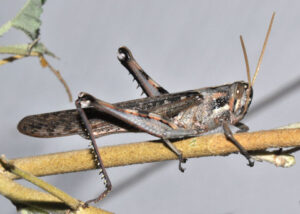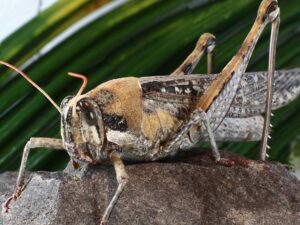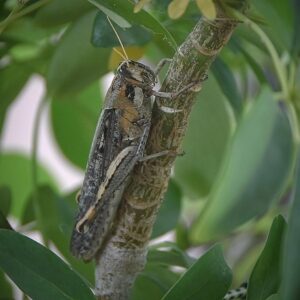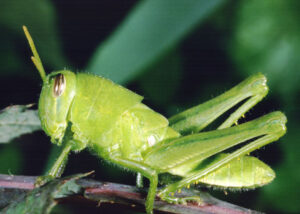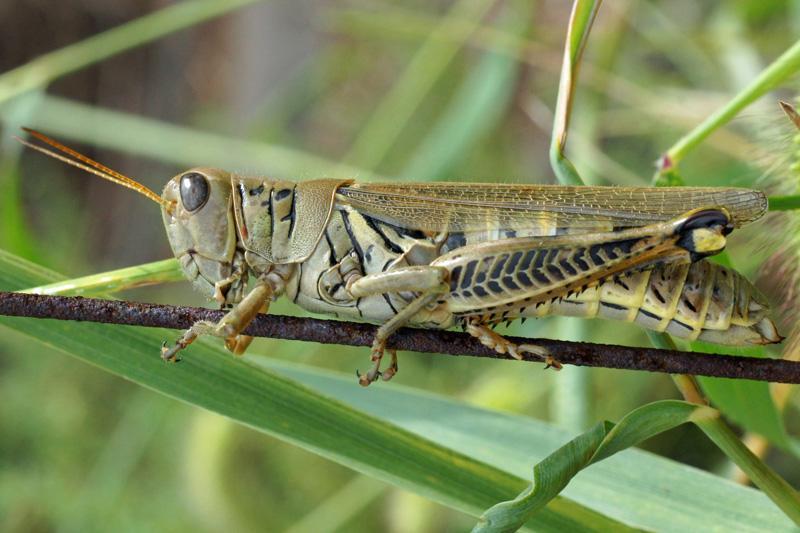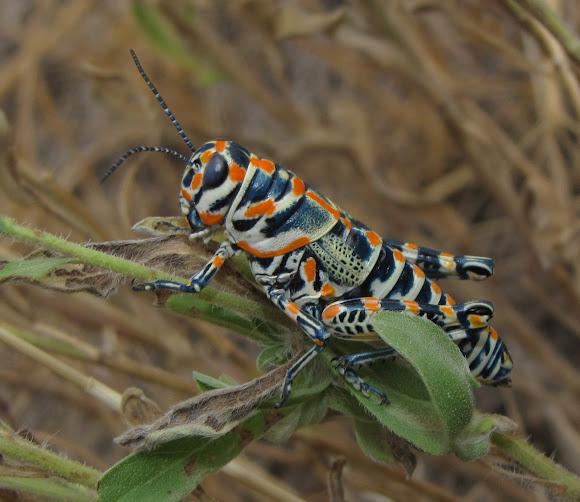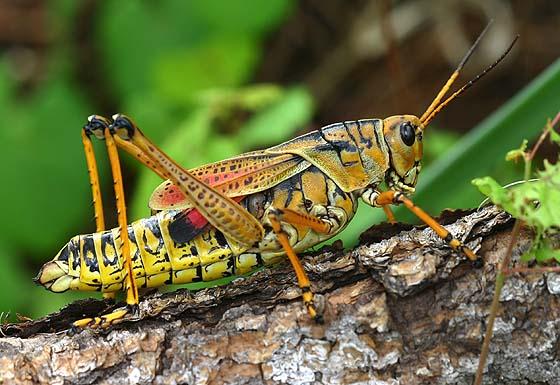Gray Bird Grasshopper (Schistocerca nitens)
Updated on
17/11/2022The gray bird grasshopper is closely related to the desert locust. However, it is nowhere near as destructive as that species. It lives in North America, where it feeds on several types of plants.
Scientific Classification
- Class:Insecta
- Order:Orthoptera
- Family:Acrididae
- Genus:Schistocerca
- Scientific Name: S. nitens
Conservation Status
Description
Gray bird grasshoppers are 1.57 to 2.8 inches long. Their coloration is primarily brown and gray, with spots and patches giving them a cryptic appearance.
Other Common Names: Vagrant grasshopper
Distribution: Native – throughout the southern part of North America, including Mexico and part of the southern United States from California to Texas
Invasive – Colorado, Hawaii, Nebraska, parts of Central and South America
Habitat: Deserts, lowland mountainous areas, and woodlands
Do They Bite/Sting: No
Lifespan: 4 months
Predators: Birds
Behavior and Characteristics
Feeding
These grasshoppers feed on a variety of vegetation.
Flight
While these grasshoppers appear clumsy during flight, this is deceptive. They are strong fliers and can travel effortlessly over long distances. Gray bird grasshoppers can fly 300 miles at least over oceans.
Damage Caused by Them
While these grasshoppers do not swarm in large numbers, their population density can rise in favorable conditions. This leads to it becoming a menace to many crops and ornamental plants.
One of the notorious cases of an infestation occurred in Hawaii in 2004, when the island of Nihoa had 90% of its vegetation wiped out by the gray bird grasshopper.
Source
athistoc.bio.uci.edu, jungledragon.com, kenneturner.com




